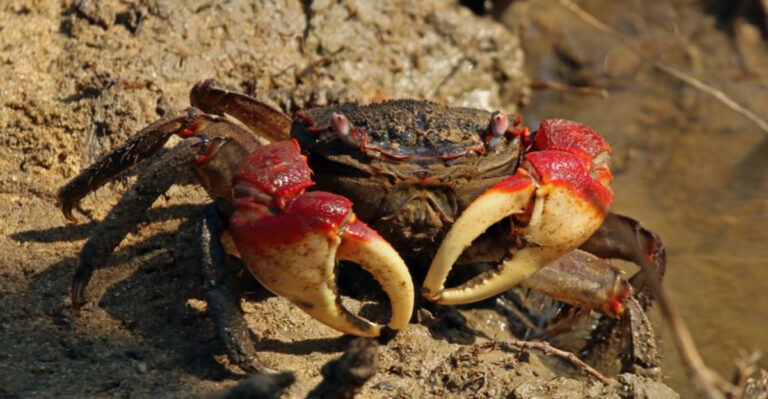9 Beautiful Fish That Pack A Surprisingly Dangerous Punch
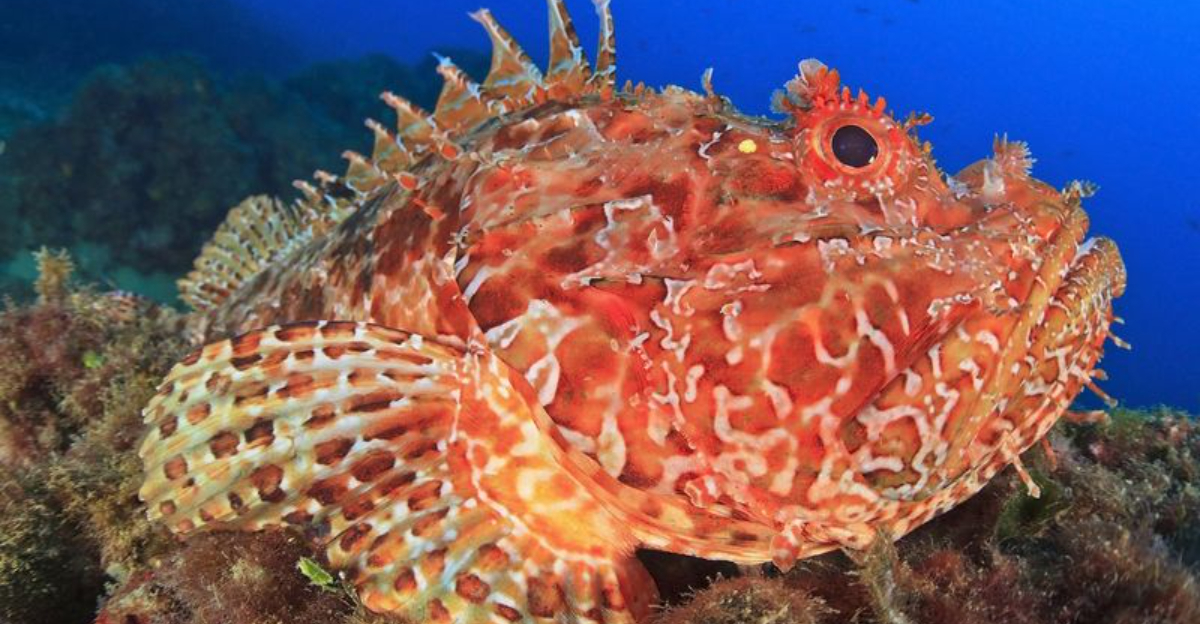
The underwater world is teeming with vibrant and mesmerizing creatures, many of which are as deadly as they are beautiful.
Each fish is unique, boasting striking colors, fascinating patterns, and lethal defenses. While their beauty is alluring, it’s important to appreciate these aquatic wonders from a safe distance.
1. Tang Fish (Surgeonfish)
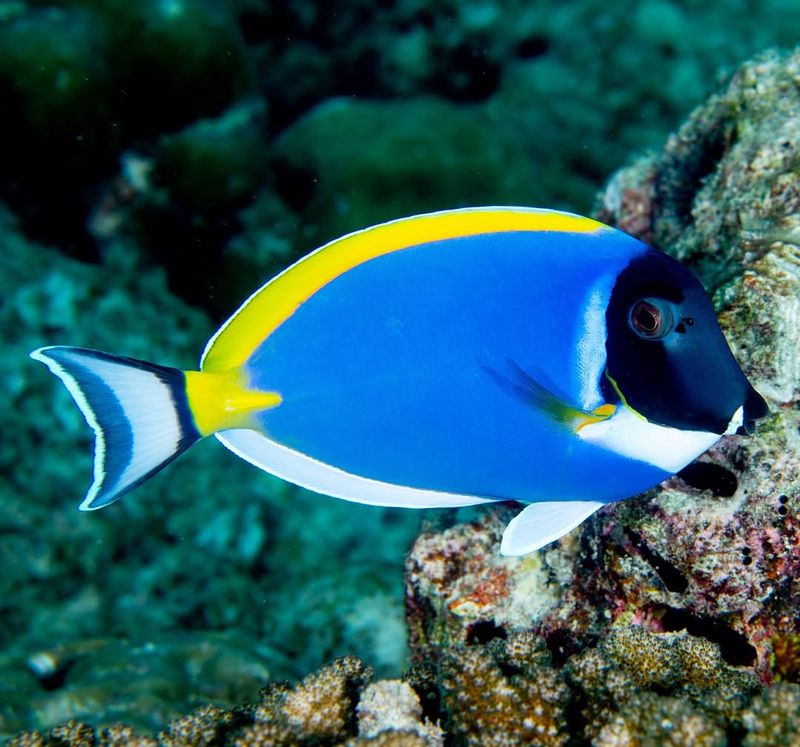
Tang fish are bright and flashy, often seen darting around coral reefs—but their tail spines are razor-sharp and venomous.
When threatened, they can lash out with their scalpel-like weapons. One wrong move can turn a photo-op into a painful encounter.
2. Fangtooth Moray Eel
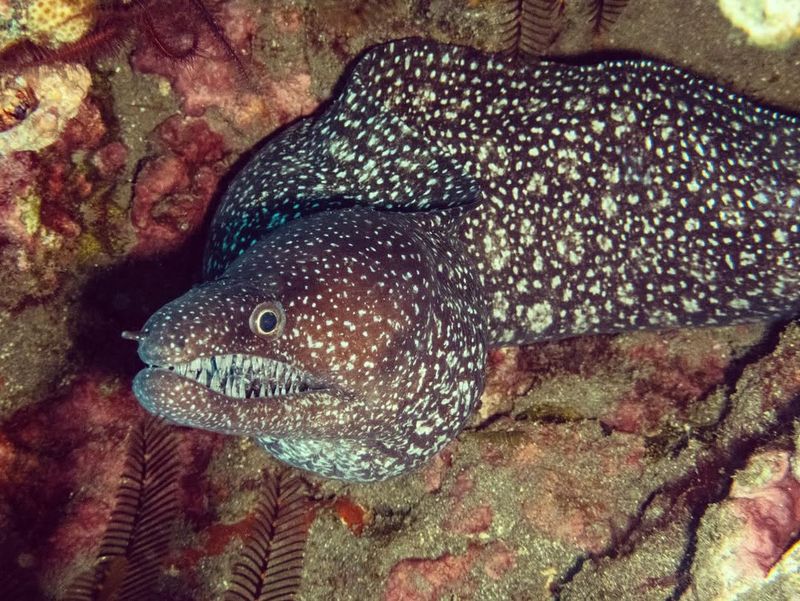
Sleek, vibrantly patterned, and often seen lurking in reef crevices, the fangtooth moray eel has powerful jaws and a lightning-fast bite.
Its teeth are capable of slicing through flesh, and while not venomous, the wound can lead to serious infections. This flashy predator commands respect.
3. Lionfish
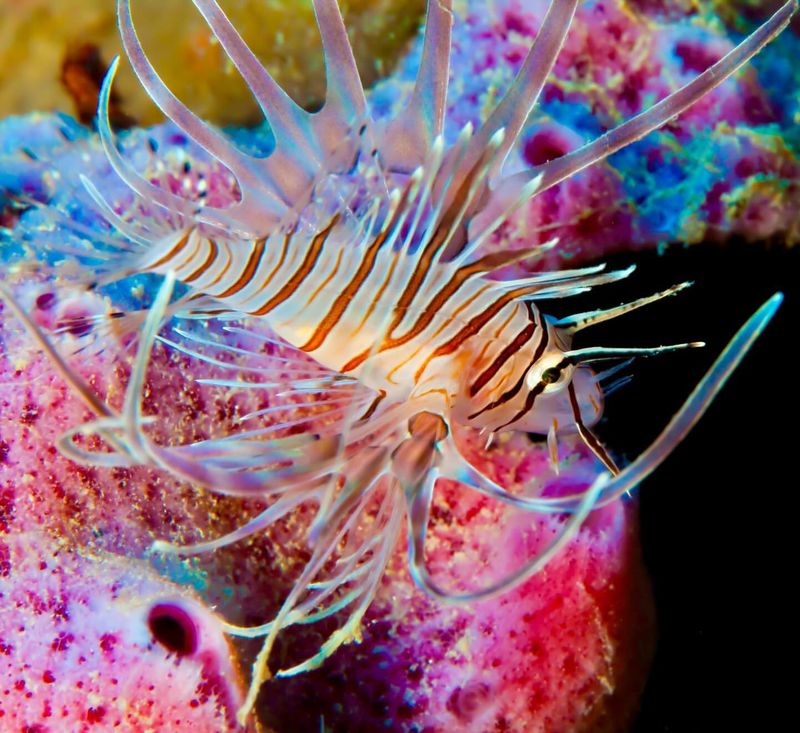
With its bold stripes and fan-like fins, the lionfish looks like an underwater work of art—but it’s hiding venomous spines.
Found in the Indo-Pacific and invasive in the Atlantic, its sting can cause intense pain, swelling, and even difficulty breathing. Admire from afar—this beauty bites.
4. Pufferfish
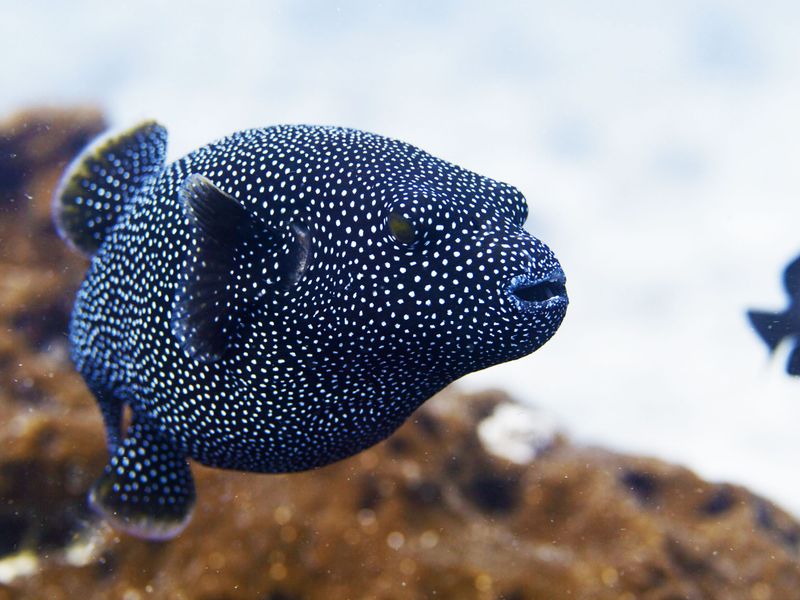
Cute and comical when puffed up, pufferfish carry a secret: their internal organs contain tetrodotoxin, a deadly neurotoxin.
It’s 1,200 times more poisonous than cyanide, and there’s no known antidote. Their disarming appearance makes their danger even more surprising.
5. Blue-Ringed Octopus
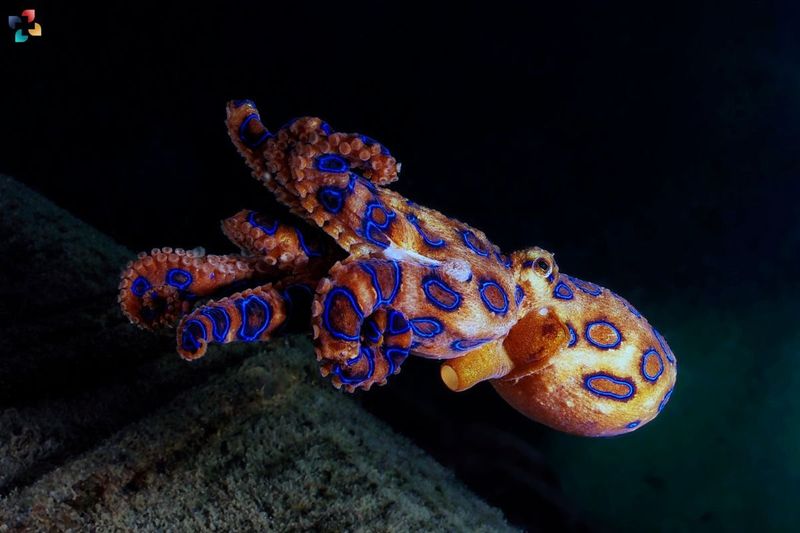
Small and stunning, this octopus glows with electric blue rings when threatened—but that’s your final warning.
Its venom can paralyze a human in minutes, and there’s no antidote. Its dazzling display masks one of the ocean’s most toxic bites.
6. Box Jellyfish
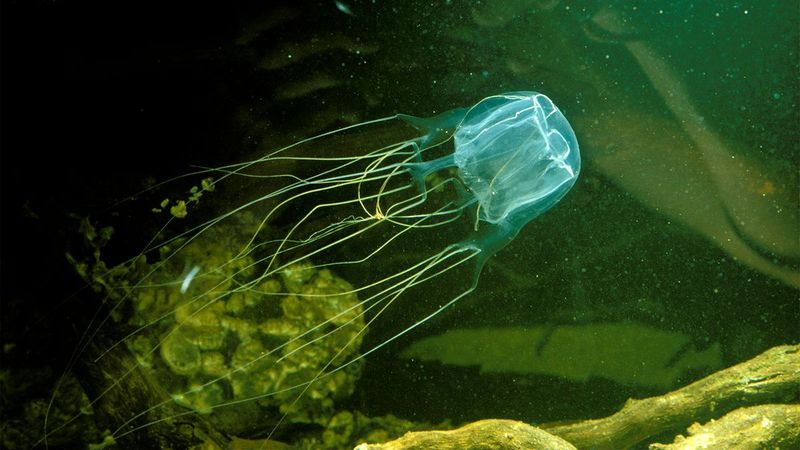
Graceful and nearly transparent, the box jellyfish has tentacles lined with venomous cells that can kill in minutes.
Their sting can trigger heart failure, and survivors often suffer severe pain and scarring. Its ghostlike beauty is part of its deadly disguise.
7. Scorpionfish
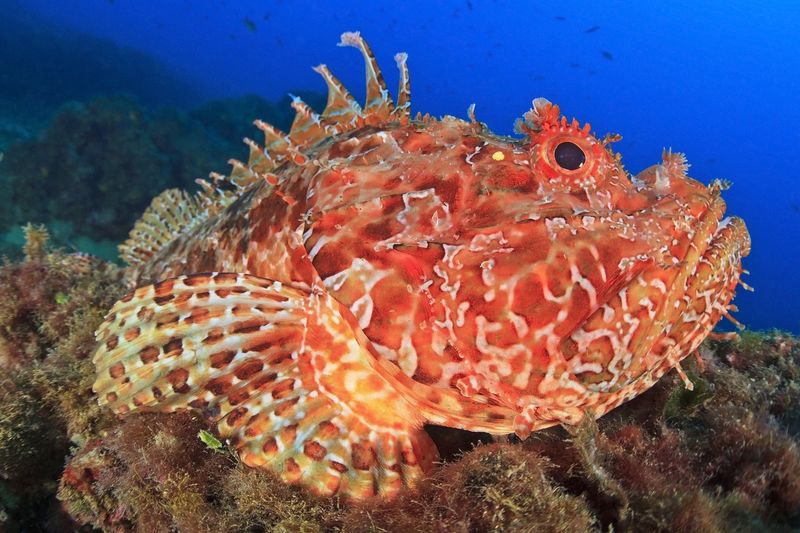
Blending into coral with a colorful, spiny exterior, the scorpionfish is both beautiful and dangerous.
Its dorsal spines can inject venom that causes extreme pain, swelling, and even tissue damage. Stepping on one can turn a scenic dive into a medical emergency.
8. Crown-of-Thorns Starfish
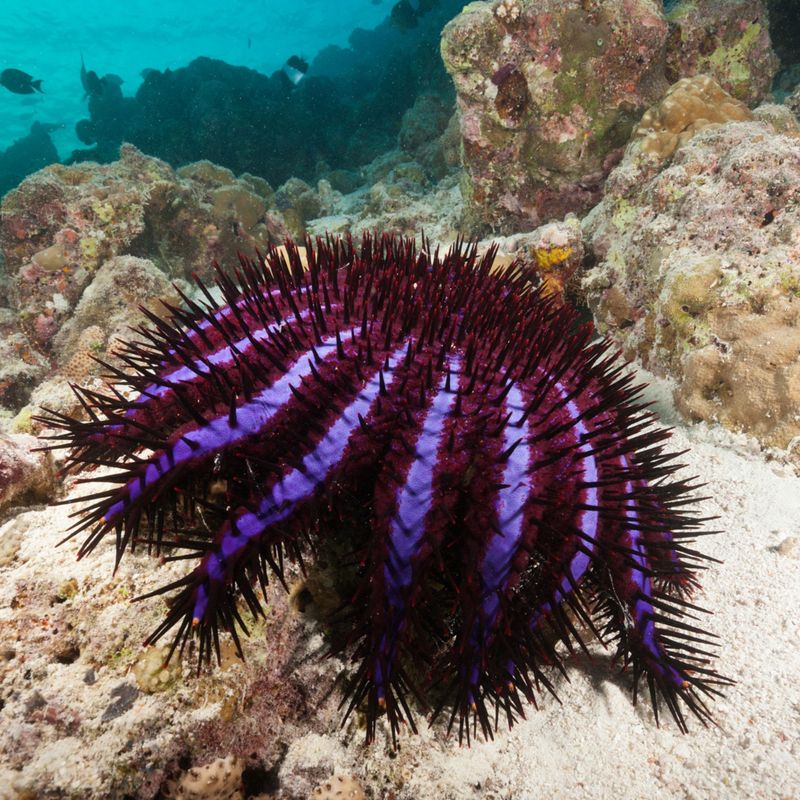
This brightly colored, spiked starfish adds flash to coral reefs—but its appearance hides a serious threat.
Its long, venomous spines can cause deep punctures and intense pain. Touching one may lead to nausea and lingering wounds.
9. Reef Stonefish
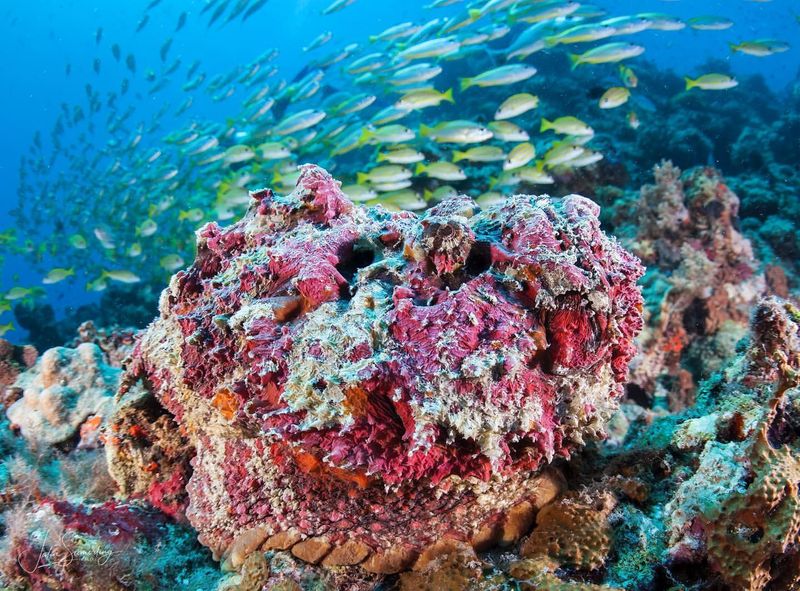
Often considered the most venomous fish in the world, the stonefish hides in plain sight with rock-like camouflage.
Its spines deliver a venomous sting that’s excruciating and potentially fatal without prompt treatment. It’s as lethal as it is well-hidden.

